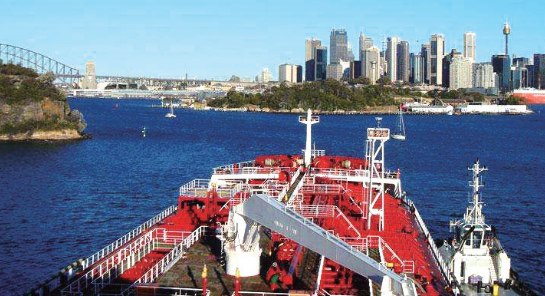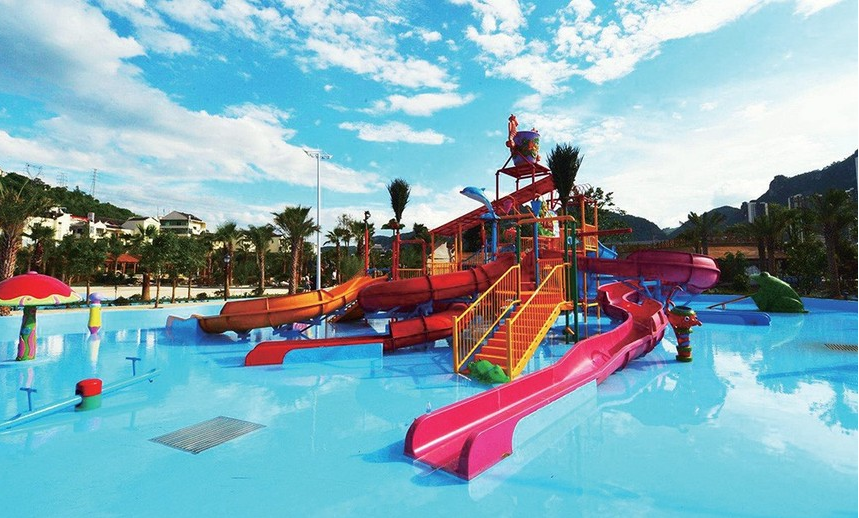Product Description
Polyurea is a widely used compound that has been successfully applied in surface anti-corrosion of storage tanks, waterproofing of concrete structures such as parking lots, reservoirs, and tunnels, and as joint fillers or sealants.
- A long list of materials can be listed as those used as waterproof coatings. For several centuries, the only option available were asphalt-based products. In the 20th century, many other materials were developed, including epoxy and vinyl ester.
- Polyurea is the latest developed coating technology. This material, developed for the automotive industry in the late 1980s, is now widely used in various fields. Due to its fast curing, corrosion resistance, and wear resistance, it has made significant progress in engineering waterproofing in the past 10 years.
- When polyurea was invented, it was hoped to have a polyurethane material less sensitive to water. By replacing the carboxyl groups in polyurethane with amino groups, the product we now call polyurea was obtained. This product is significantly less sensitive to water than other polyurethane-based coatings.
- Polyurea has two common types. Aromatic polyurea is used more frequently. The physical performance of this product can vary widely, thus having many different applications. In fact, the only drawback of this coating is poor UV stability. The other type is aliphatic polyurea. By using different chemical methods to make it have better UV stability, a price penalty is paid. The price of this polyurea is usually twice that of aromatic polyurea.
Product features
Polyurea coatings, as a new type of high-performance coating, possess numerous remarkable characteristics.
- It boasts excellent physical properties, such as good wear resistance, which enables the coating to maintain its integrity and protective effect for a long time even in environments subject to frequent friction and wear;
- At the same time, it has outstanding impact resistance, effectively resisting external impact forces and protecting the surface of the coated object from damage.
- In terms of chemical properties, polyurea coatings exhibit outstanding corrosion resistance. Whether facing the erosion of acids, alkalis, or in harsh chemical environments such as high humidity and high salt spray, they can remain stable for a long time and are not prone to chemical reactions that cause coating damage.
- Moreover, it has good weather resistance, maintaining its performance stability in various climates, such as high temperatures, low temperatures, and ultraviolet radiation, without experiencing problems like powdering, discoloration, or peeling due to climate changes. The curing speed of polyurea coatings is extremely fast, which significantly improves the construction efficiency and enables the coating to be completed and put into use within a short period of time.
- Furthermore, it has good adhesion to various substrates, being able to firmly adhere to surfaces of metals, concrete, wood, etc., forming a tight and stable protective layer.

PRODUCT ADVANTAGES
- One of the reasons why polyurea coatings have rapidly gained popularity is their demonstrated wide range of excellent properties. The Polyurea.com website openly states that in terms of the physical properties available, no other coating in the world can match polyurea. By adjusting the formula, polyurea products can have an extremely wide range of properties, from high elongation to excellent tensile strength, but this is related to the material's formula and correct application. Polyurea has excellent adhesion to various substrates including concrete, metal, and wood, even without a primer, and can be used in environments with wide temperature and humidity variations. Perhaps the most remarkable advantage of polyurea is its extremely rapid curing. Once applied, polyurea can reach the required thickness in one coat, which is several times faster than using traditional coatings, allowing the owner to resume using the facility and reducing losses due to downtime.
- The thickness of a single application of polyurea coatings can range from 0.5mm to 12.7mm, and the curing time ranges from instant to approximately 2 minutes, which is conducive to quickly reaching a usable state.
- As a fast-curing thick film coating, when a seamless and durable membrane waterproofing is required, polyurea is an ideal choice. Other properties, such as requiring anti-slip and surface texture, can also be achieved through certain means. The coating can be painted and can even be used in places that meet drinking water requirements.
- Due to its wide range of performance characteristics, polyurea has a very wide range of applications. The inner lining of storage tanks, secondary protective layers, and surface protection of bridges are the most widely used occasions for this type of material. In fact, the possibilities of polyurea application are almost unlimited.
- The tanks of wastewater treatment plants often suffer from vortex, scouring, and large amounts of hydrogen sulfide gas during filtration, mixing, and dehydration processes. Using polyurea can provide the required anti-wear, chemical resistance, and impact resistance, and can quickly restore the factory to operation, which is much faster than many other methods.
- When applied to bridges and other areas subject to vibration and displacement, the inherent flexibility of polyurea is another advantage over those thinner and less flexible coatings such as epoxy.
Product Deficiencies
- Of course, polyurea also has some disadvantages. The equipment required for the application of polyurea coatings is relatively expensive, ranging from $15,000 to $50,000 or even higher. A fully equipped mobile construction platform can cost as much as $100,000.
- The cost of polyurea materials is also higher than that of other coatings. The initial cost is higher than that of epoxy. However, since the service life of polyurea coatings is 3 to 5 times that of other products, the cost-effectiveness during the service life period still has advantages.
- Like any other waterproofing material, improper construction can also lead to application failure. However, the requirements for construction with polyurea coatings are particularly high. Surface treatment such as sandblasting or priming is very crucial for polyurea. Most failed polyurea coating projects are almost unrelated to the polyurea itself, but are caused by improper or poor surface treatment.

Construction
- Most polyurea used for waterproofing are constructed using multi-component spraying equipment. Typically, a two-component system is employed, with the amino resin mixture and the isocyanate material being separately contained in 50-gallon containers. During construction on the job site, the contents from the 50-gallon containers are transferred to the tank of the spraying equipment and heated to an appropriate temperature (60-71°C). Then, the isocyanate and the polyol resin are sent through a heated hose to the spray gun.
- The ratio of the two substances is strictly controlled, usually at a 1:1 ratio.
- The curing time of polyurea is measured in seconds, so these chemicals can only be mixed at the very instant they leave the spray gun; otherwise, they will cure and harden in the spray gun.
- Some manufacturers sell mobile complete spraying units, including all the tools and equipment, which are installed on trailers or truck beds.
Post time: Aug-13-2025





